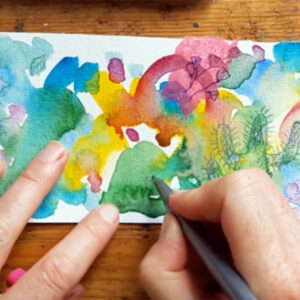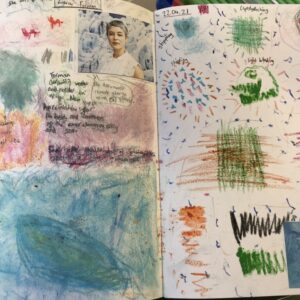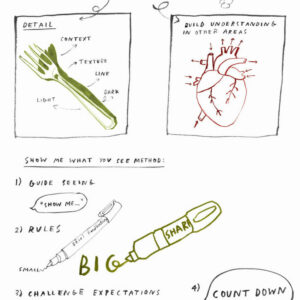How can abstract artwork help us use our imagination?
Paul Klee was one of the most influential artists of the 20th century, celebrated for his distinctive abstract and childlike style. His work was deeply influenced by poetry, colour theory, and music, as well as by major artistic movements such as Surrealism, Cubism, and Expressionism.
Explore his paintings using the sources below, then discuss the questions provided.
Please Note:
This page includes links and videos from external sites, verified at publication but subject to change.
Teachers should review all content for classroom suitability.
Report any issues, and check school firewall settings if videos don’t play.



Watercolour Paintings by Paul Klee
Klee was born in 1879 in Switzerland. When he was 35 he visited Tunisia in Africa, where his experience of the light and colours of the landscapes and architecture helped awaken his interest in colour.
He became less interested in painting exactly what he saw and in fact from 1915 onwards he never again worked from a model. Instead, he became interested in painting the colours around him, letting them detach themselves from the objects the colours were on. In this way his worked moved towards Abstraction.
He became interested in creating fantastical worlds, full of symbols, shapes, colour and line.
He took his inspiration from the world around him, and his imaginative response to the world, and also from poetry, music and literature.
Sometimes his work was serious and meditative, other times it was full of humour. He also loved the sounds of words and phrases and the titles of works were often very important to Klee.
![]()
Battle scene from the funny and fantastic opera “The Seafarers” (1923). Painting by Paul Klee. Original from the Kunstmuseum Basel Museum
Questions to Ask Children
Describe what you see.
What do you think is happening?
How does the title change the painting?
Why do you think Klee painted in blocks of colour?
How does the painting make you feel?
![]()
The Firmament Above the Temple (1922) by Paul Klee. Original from The MET Museum
Questions to Ask Children
Describe what you see.
Can you see the landscape and the sky? How has Klee painted them?
How does the painting make you feel?
![]()
Temple Gardens (1920) by Paul Klee. Original from The MET Museum
Questions to Ask Children
Describe what you see.
How does this landscape make you feel?
If you were there, in the painting, how would you feel?
Tell me about the colours. Why do you think Klee choose these colours?
![]()


